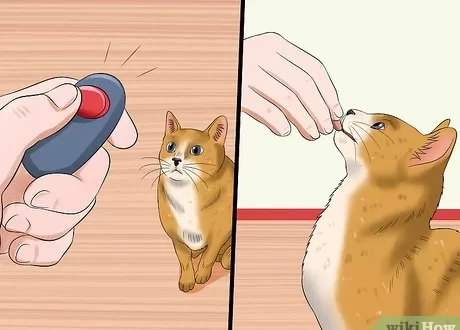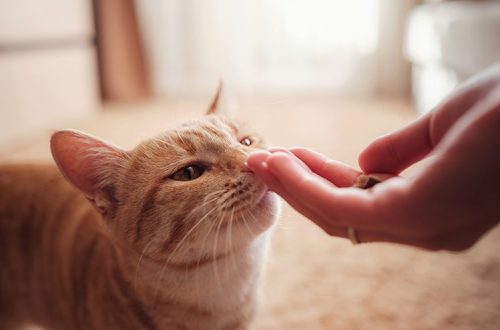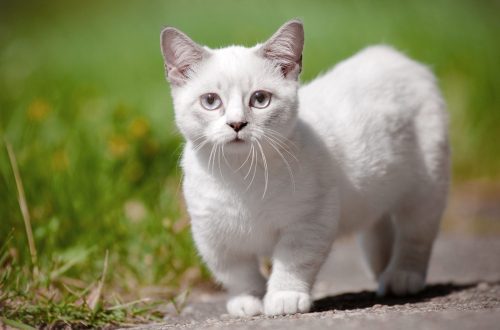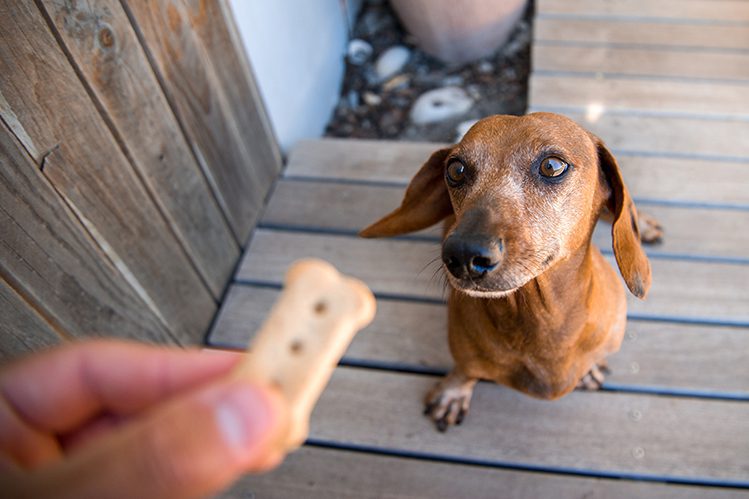
How to mess up your pet’s eating behavior
Proper eating behavior is the basis of the health of a four-legged friend. It will prolong the years of the pet, save you money and time on trips to the veterinarian, improve the mood and well-being of your ward. But sometimes external factors and even the owners themselves play the role of a service of harmful advice on eating behavior for pets. We will figure out how you can inadvertently instill in your pet not the most healthy eating habits. And let’s talk about what to do if the pet has already learned these bad tips.
Contents
Proper eating behavior
What can be called correct eating behavior?
Pet nutrition is balanced. There is an interest in food, treats motivate the pet to learn commands with the owner, to support active games. Each meal causes enthusiasm, the four-legged friend eats with pleasure what is put in a bowl.
The pet consumes the optimal amount of calories, drinks enough water. Body weight is normal, there is no constant begging for food and treats, the pet does not seek to steal anything from the master’s table. The relationship between the pet and the food he consumes is harmonious, without overeating and refusing to eat, without manipulation in the hope of getting favorite dishes and treats from the owners.

It is important to watch what your pet eats
Controlling what, how and how much your dog or cat eats is really important. Studying your pet’s eating behavior will give you important information. The attitude of a four-legged friend to food indicates the state of his health.
Always analyze the picture comprehensively. Why did the dog drink more water? If you recently switched her from natural feeding to dry food, then everything is understandable. Dry food contains less moisture than cooked food, so the pet makes up for the lack of fluid in the body. A dog that is expecting puppies will also drink more water for natural reasons. If a dog or cat suddenly starts to eat more, but does not gain weight, but loses weight, this may be a signal of problems in the body. You need to show the ward to the veterinarian and undergo an examination.
Normally, a pet is always interested in eating something tasty. Indifference to food and treats may indicate stress (if a cat has moved to a new house, it tends to refuse food for a couple of days) or the onset of a period of sexual hunting, when interest in food fades into the background. Or we are dealing with a pet that has not formed the correct eating behavior.
To form the habit of proper nutrition of cats and dogs, evaluate their physical condition. Perhaps the reason for poor appetite is that you feed your pet excessively. Try reducing your daily calorie intake by two-thirds. When the pet learns to enjoy a small amount of food and will willingly eat everything clean, you can begin to gradually add the calorie content of the diet in order to find the optimal amount of food and calories by trial method. Keep a record of all the calories that enter the body of a four-legged friend, then it will be easier for you to comply with the feeding norms.
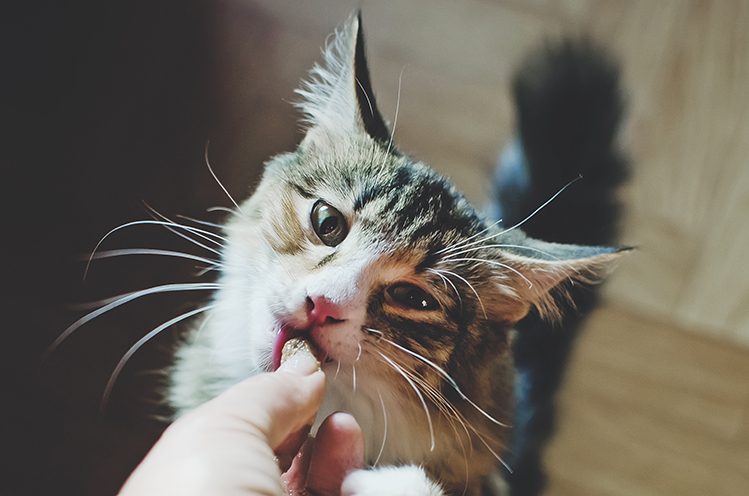
Bad advice. How to mess up eating habits
- Errors in the upbringing and training of a pet are not reflected in its behavior in the best way. Gave a treat at a time when the pet behaved badly? He will be naughty more, demanding goodies for it and believing that it was with such hooligan behavior that he managed to please you. Didn’t finish learning the command, but gave a treat? Your ward will decide that you can not strain, because he will still get a treat. So inexperienced owners lose control over the eating behavior of their pet. In order for the correction of eating behavior to become possible, do not react to the pet’s manipulations. Let the pet learn that you can whine and follow you around the house endlessly, but as long as he behaves this way, he will not receive treats.
- Lack of control over the amount eaten will not lead to anything good. The owner can, by inertia, pour the usual amount of dry food into the bowl of a cat or dog and not take into account that on one day the ward received two more pieces of treats, and on the other day – as many as eight. You can get carried away with treats and forget that they should be just a small addition to a complete food, and not replace a full meal.
- Both underfeeding and overfeeding have a negative impact on the well-being of the pet and its attitude to food. There are always detailed instructions on the packages of complete feeds on how to calculate the daily nutritional allowance for your ward. These recommendations should be adopted, but they should not be taken as the ultimate truth. Each pet needs an individual approach to the calculation of portions. The pet’s need for one or another amount of food depends on the ambient temperature, physical activity, age and other factors. If the pet is gaining weight, it may very well be that the portion recommended by the manufacturer is too large for him, and vice versa.
- Feeding your dog from your hands instead of a bowl can lead to a smart dog refusing to eat from their dish and waiting for you to show up and feed them from your hands. In terms of correcting eating behavior, you can do the following. Feed by hand first, keeping the palm next to the bowl. Then you can dip your palm with food into the bowl. And finally, just pour food into a bowl. So the pet will be able to gradually rebuild.
- Psychological problems also play a role. Assess your interactions with your pet. If you are constantly dissatisfied with him, scolding him, then the pet is in tension, because he does not understand how to earn your approval. Here he is not up to treats. Or let’s take the situation when, while eating something tasty on a walk, the dog was frightened by the clap of firecrackers or another loud sound. Since then, the pet is unlikely to be distracted by treats on the street, all the while expecting a catch or danger. Such fears are best worked out with a zoopsychologist. If you need the help of a specialist to correct your eating behavior, that’s fine. The main thing is to help the pet.
The owner should not forget about observing the basic rules of feeding pets. For example, do not mix wet food and dry food in the same bowl. Let one meal consist entirely of wet food, and the other dry food. Please note that the caloric content of the daily diet should not be increased with the addition of wet food.
- Giving your pet table food (even occasionally) is a bad idea. Normally, a dog or cat should not even have the thought that there might be something for her on the kitchen table. Carefully analyze the composition of food for four-legged friends, before choosing a diet, consult a veterinary nutritionist.
We wish your pets only healthy eating habits and good health!



